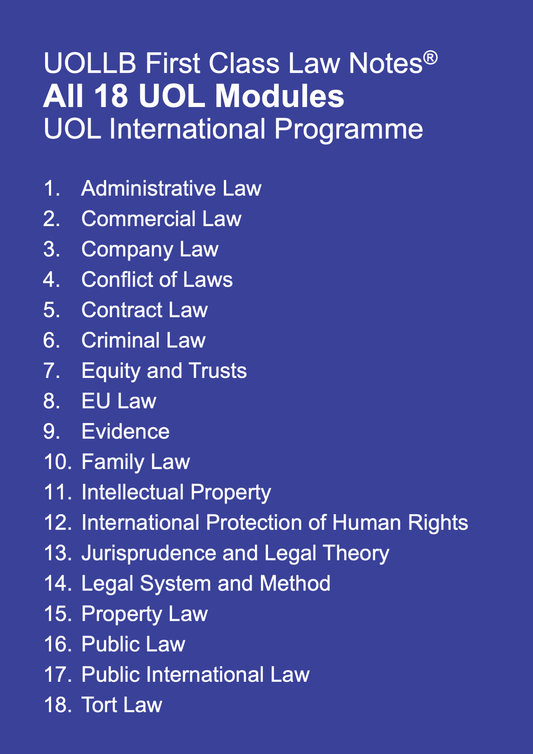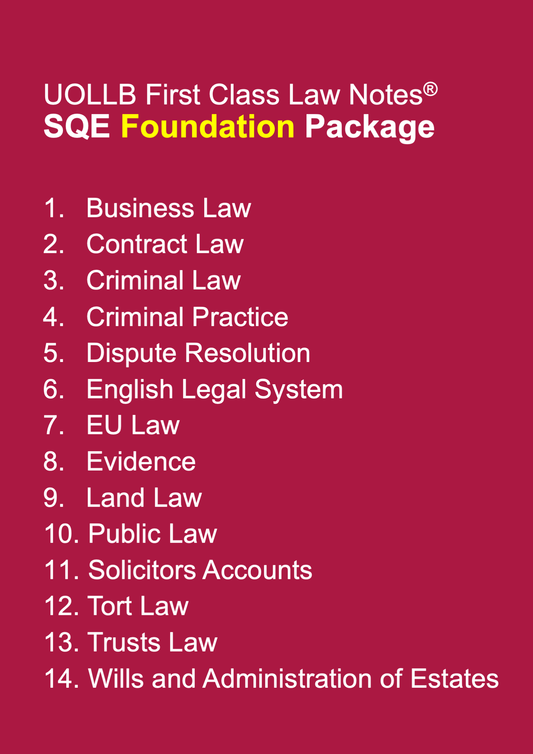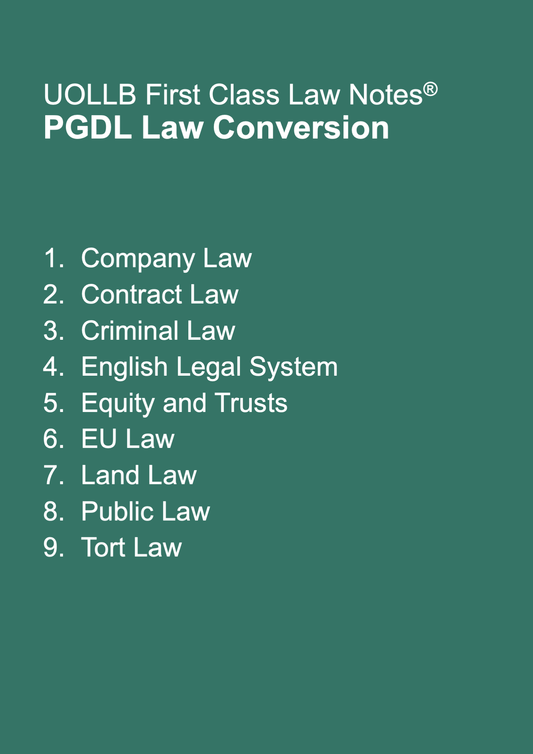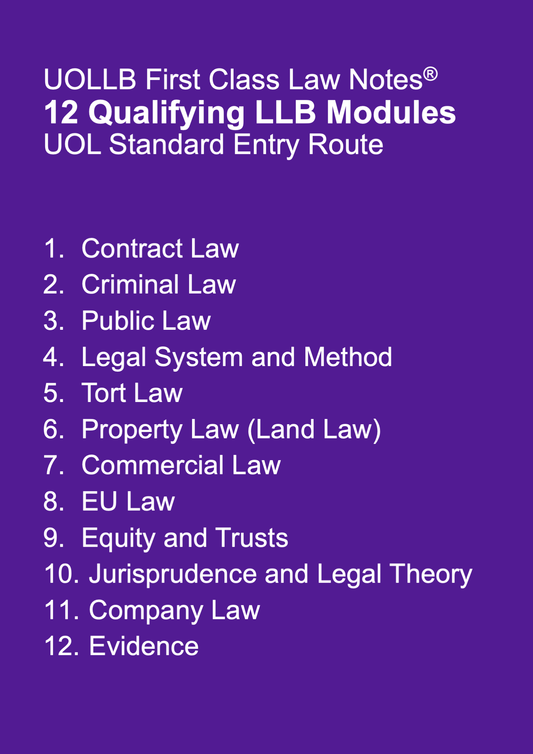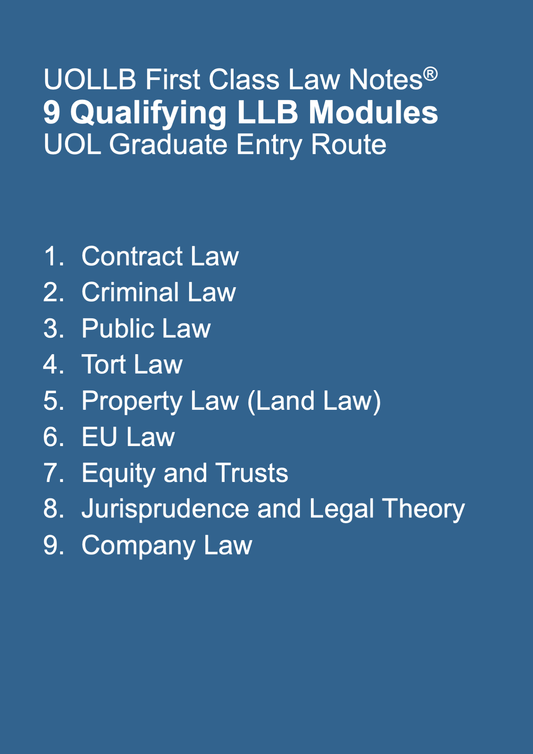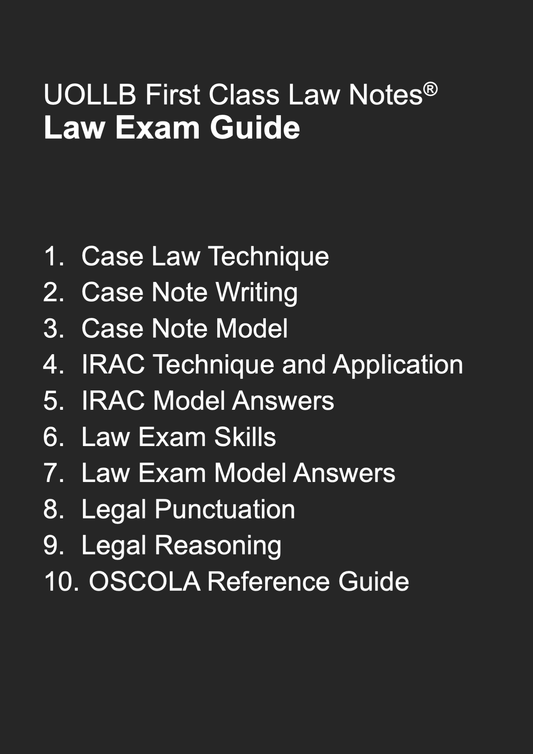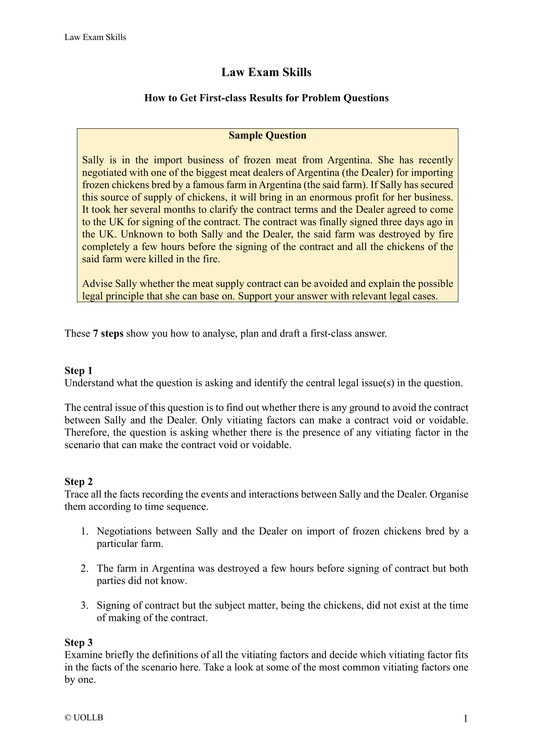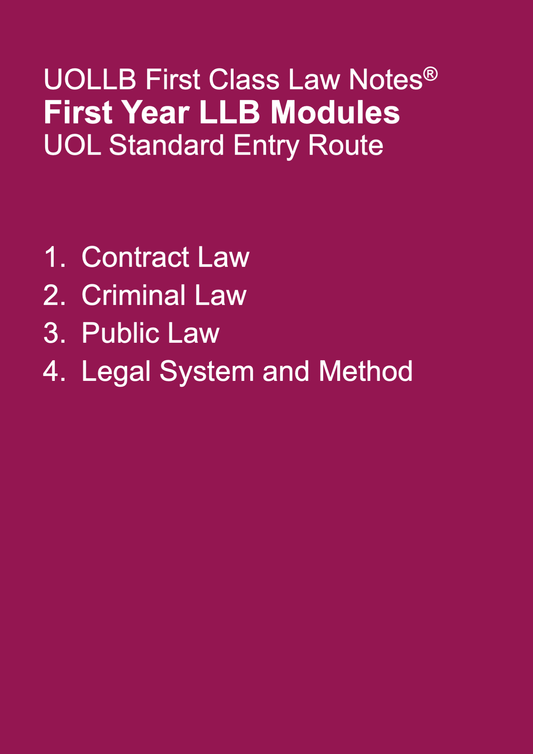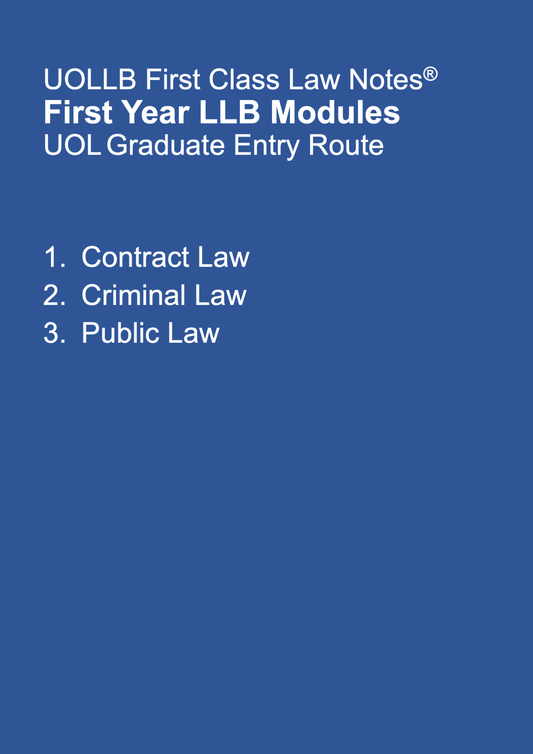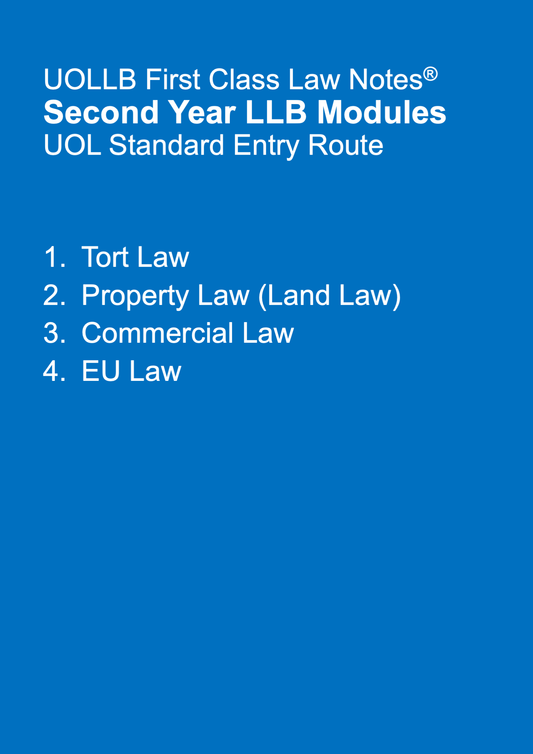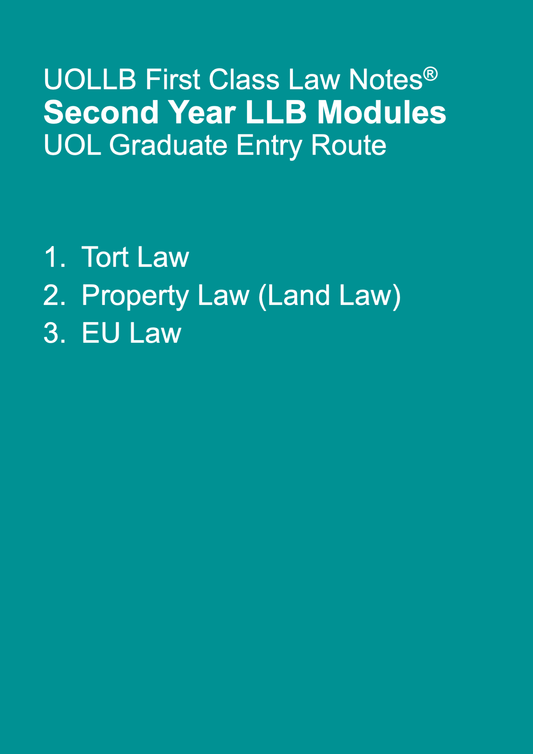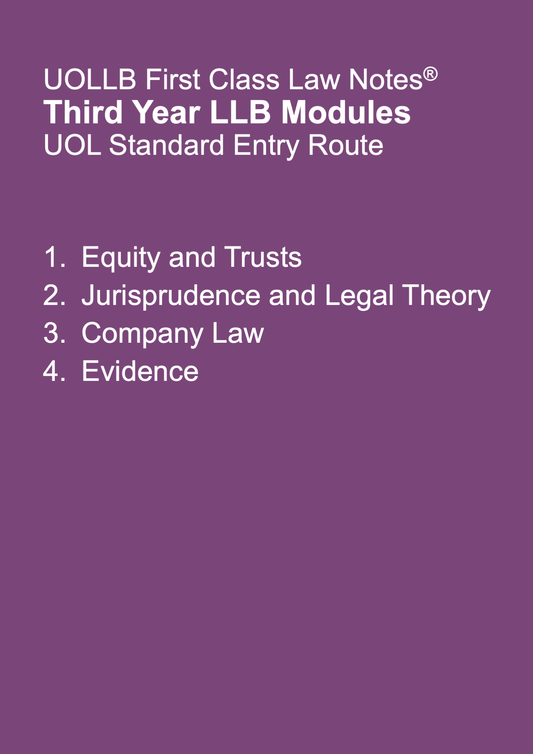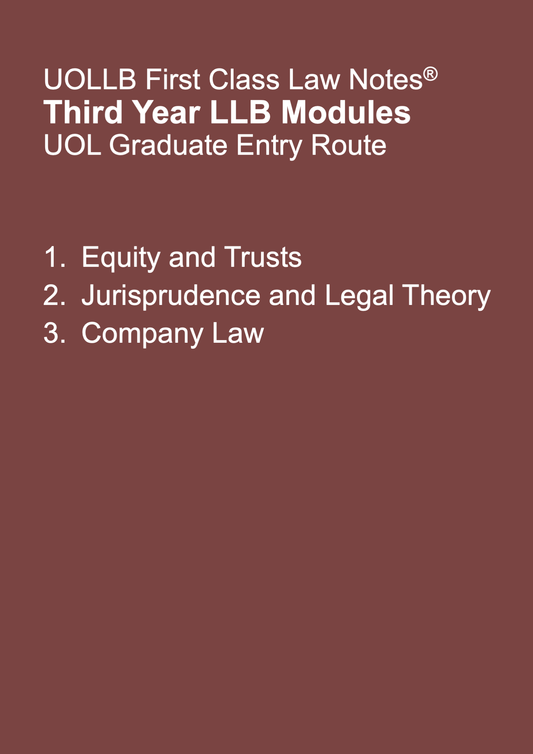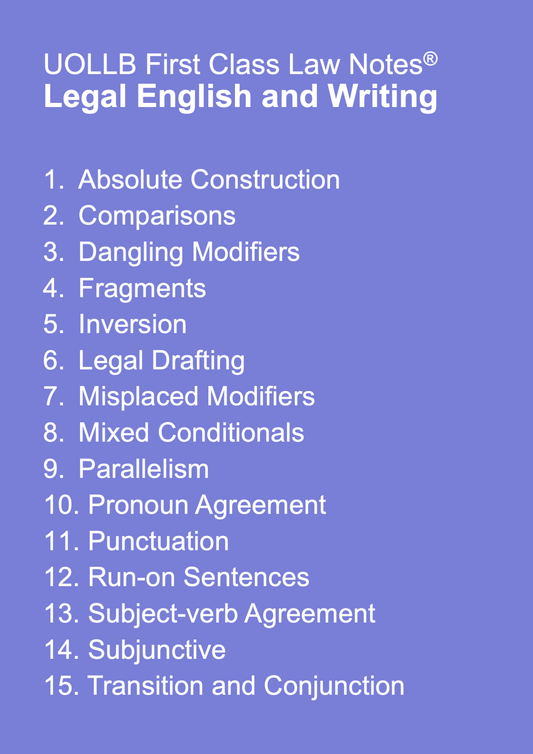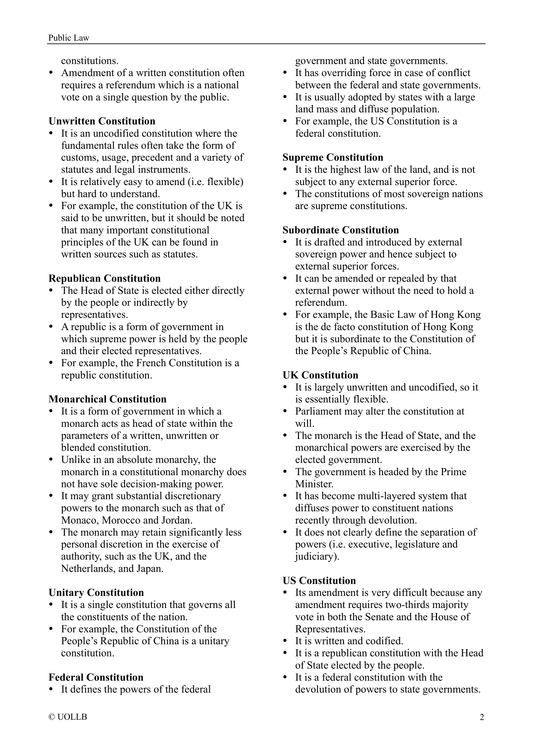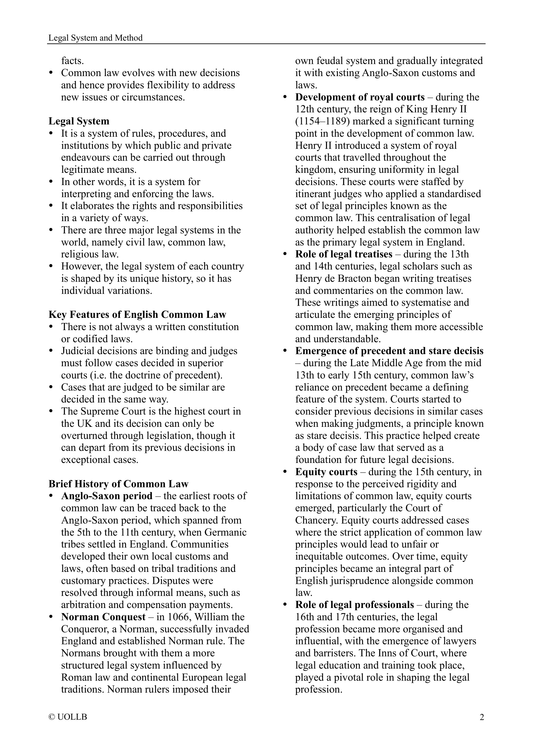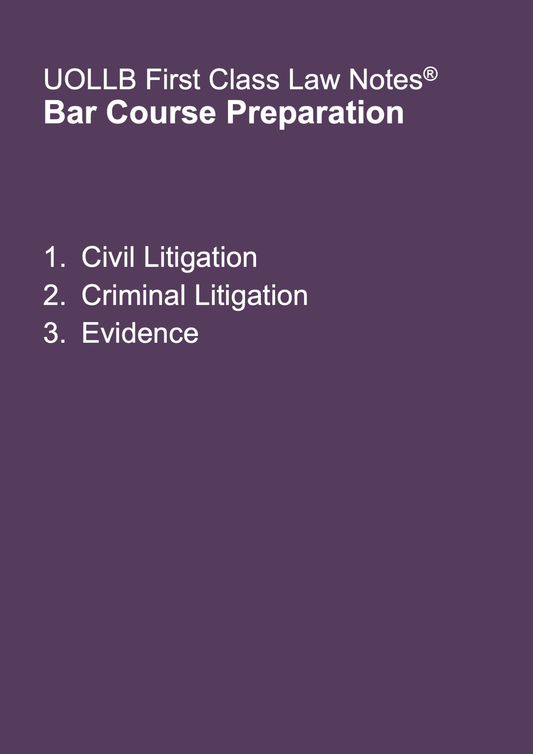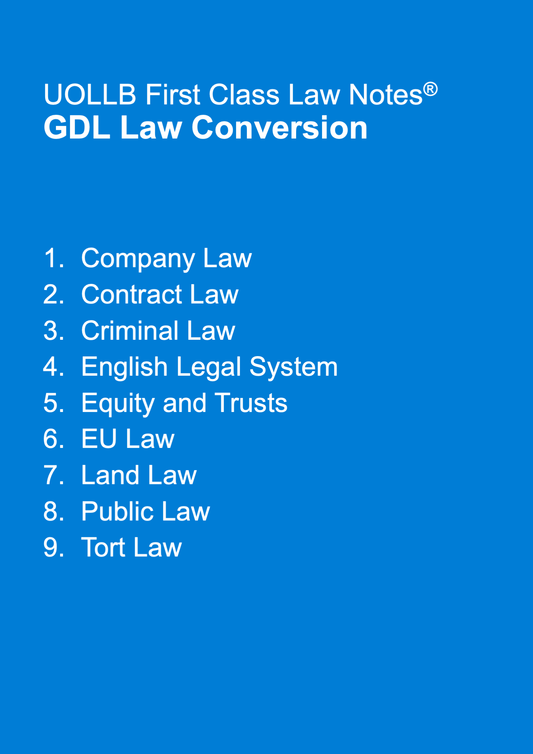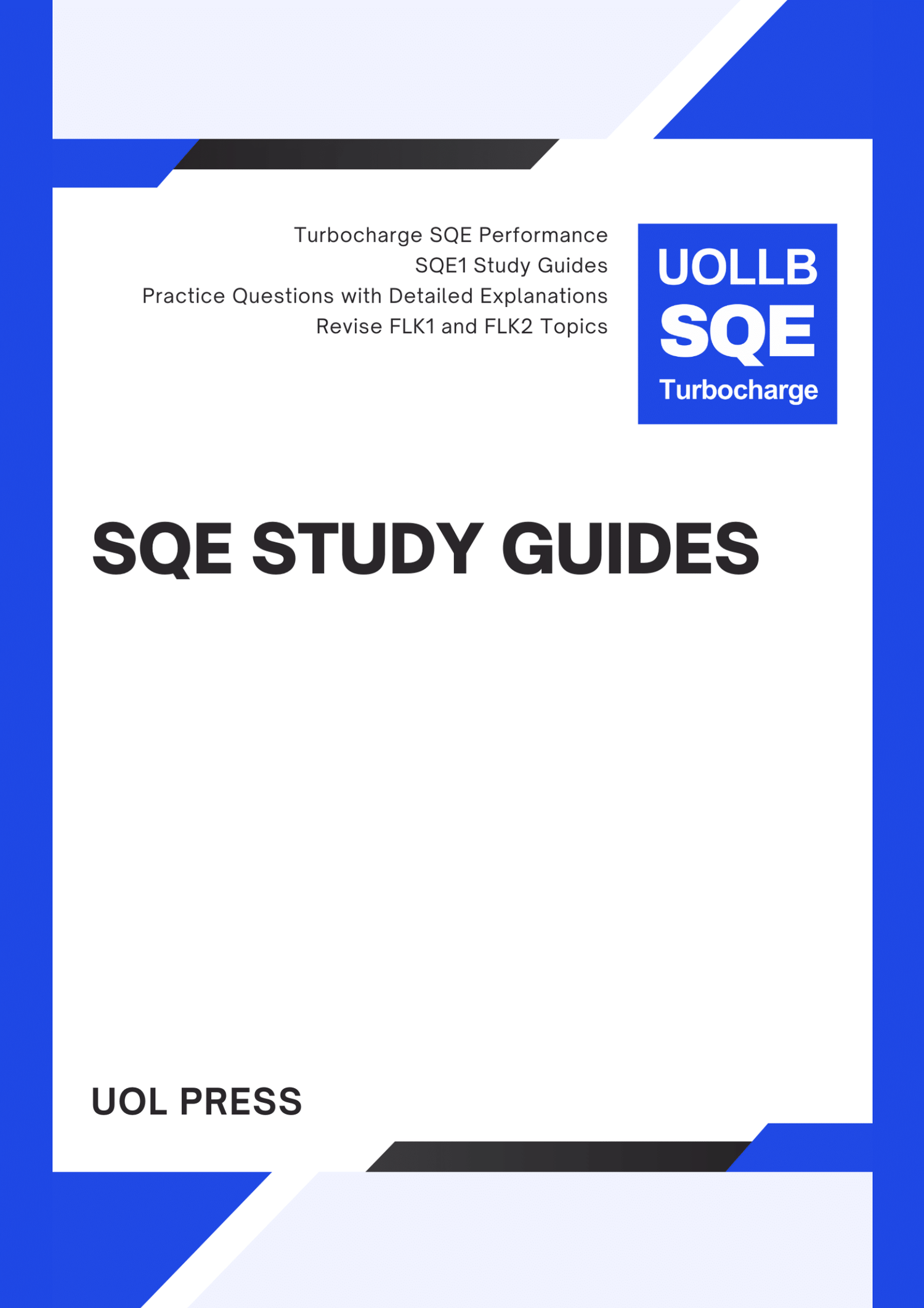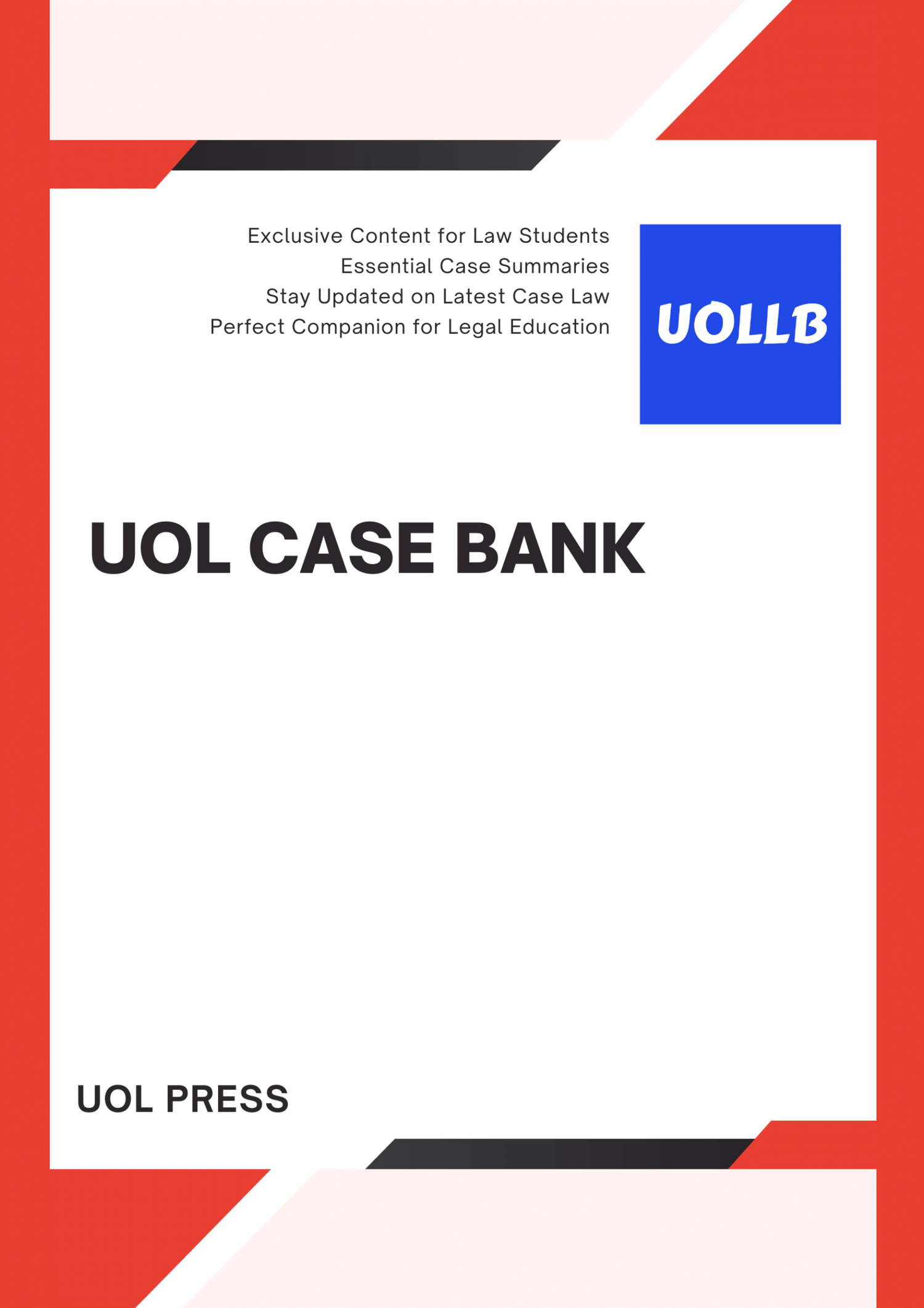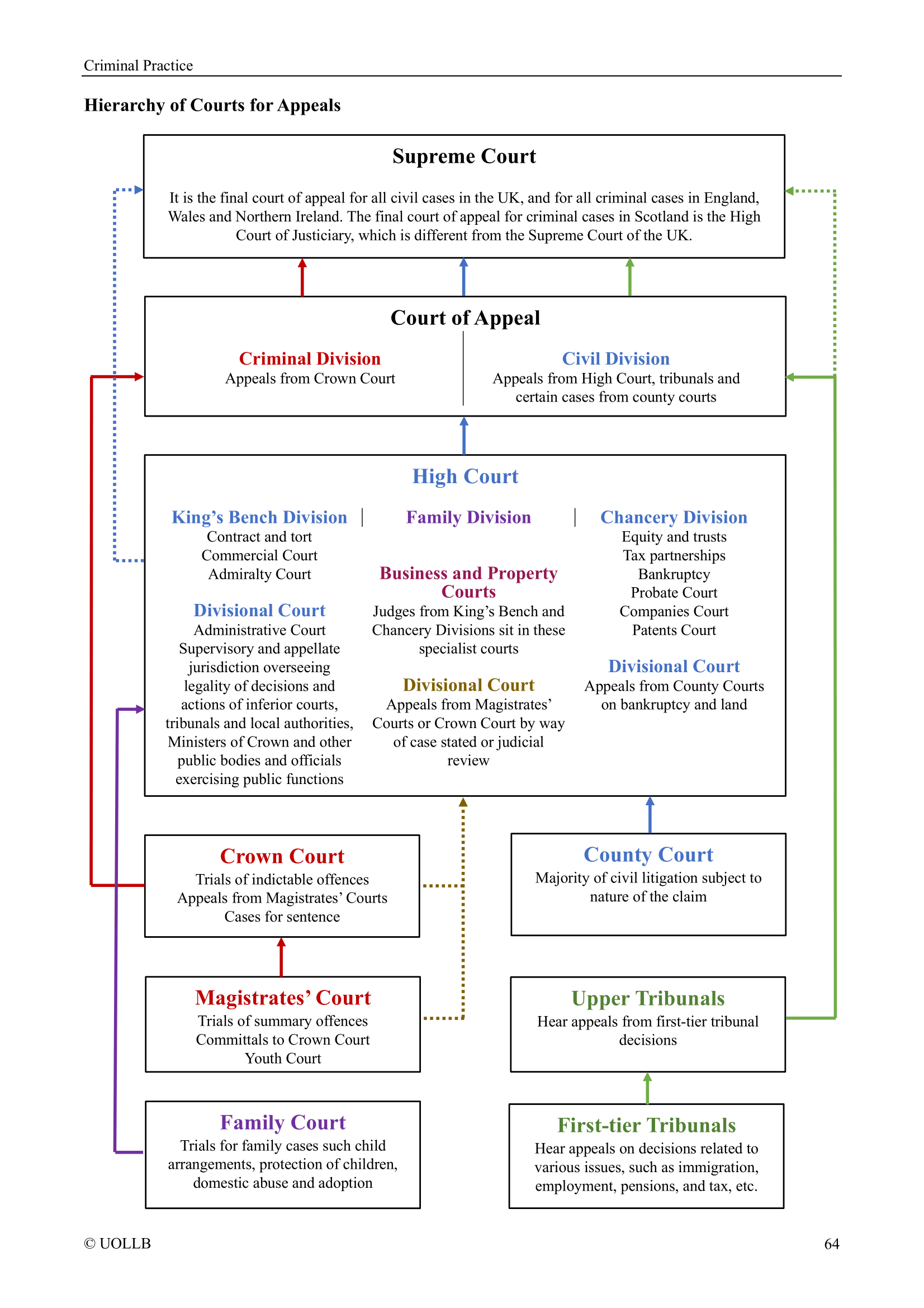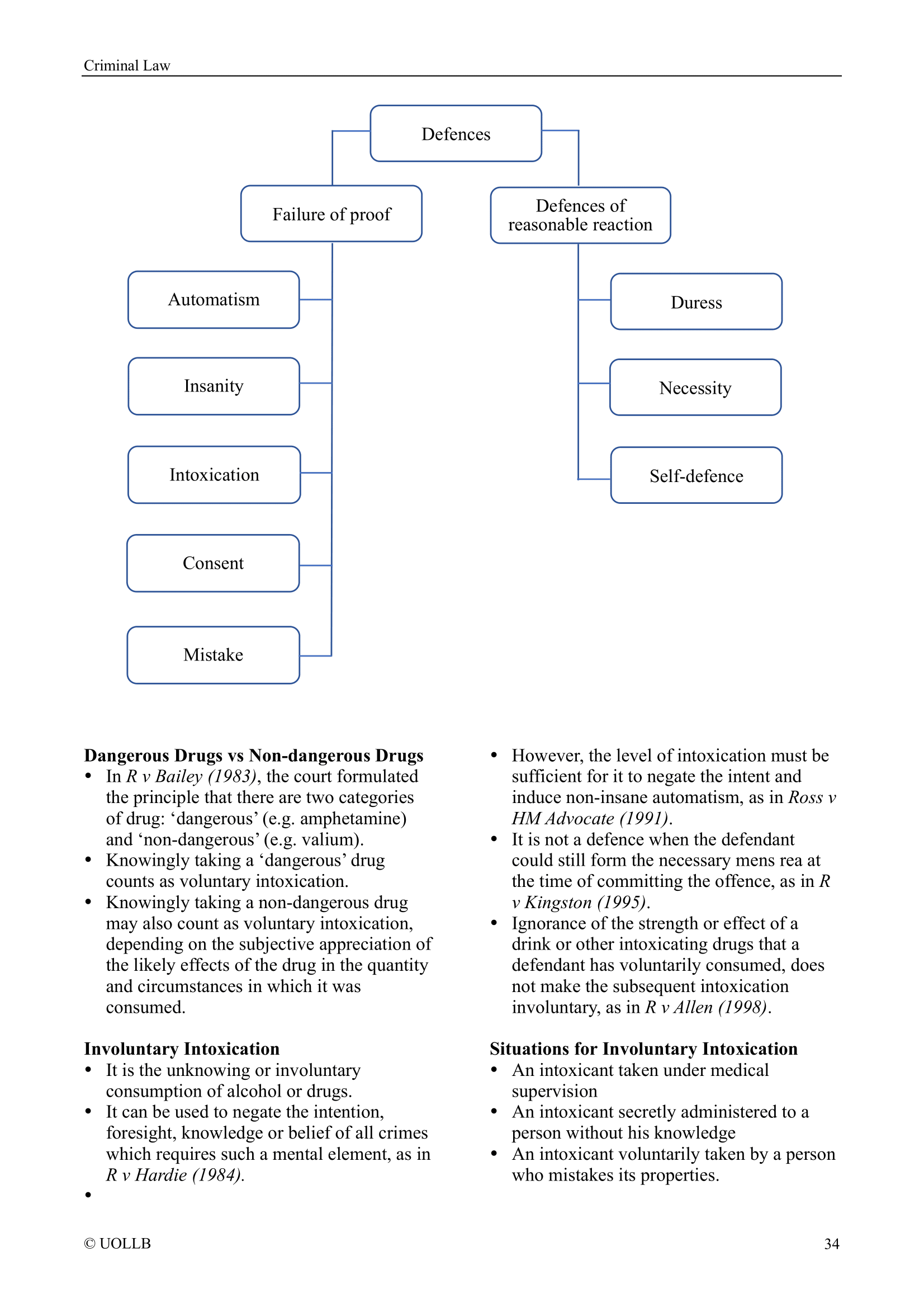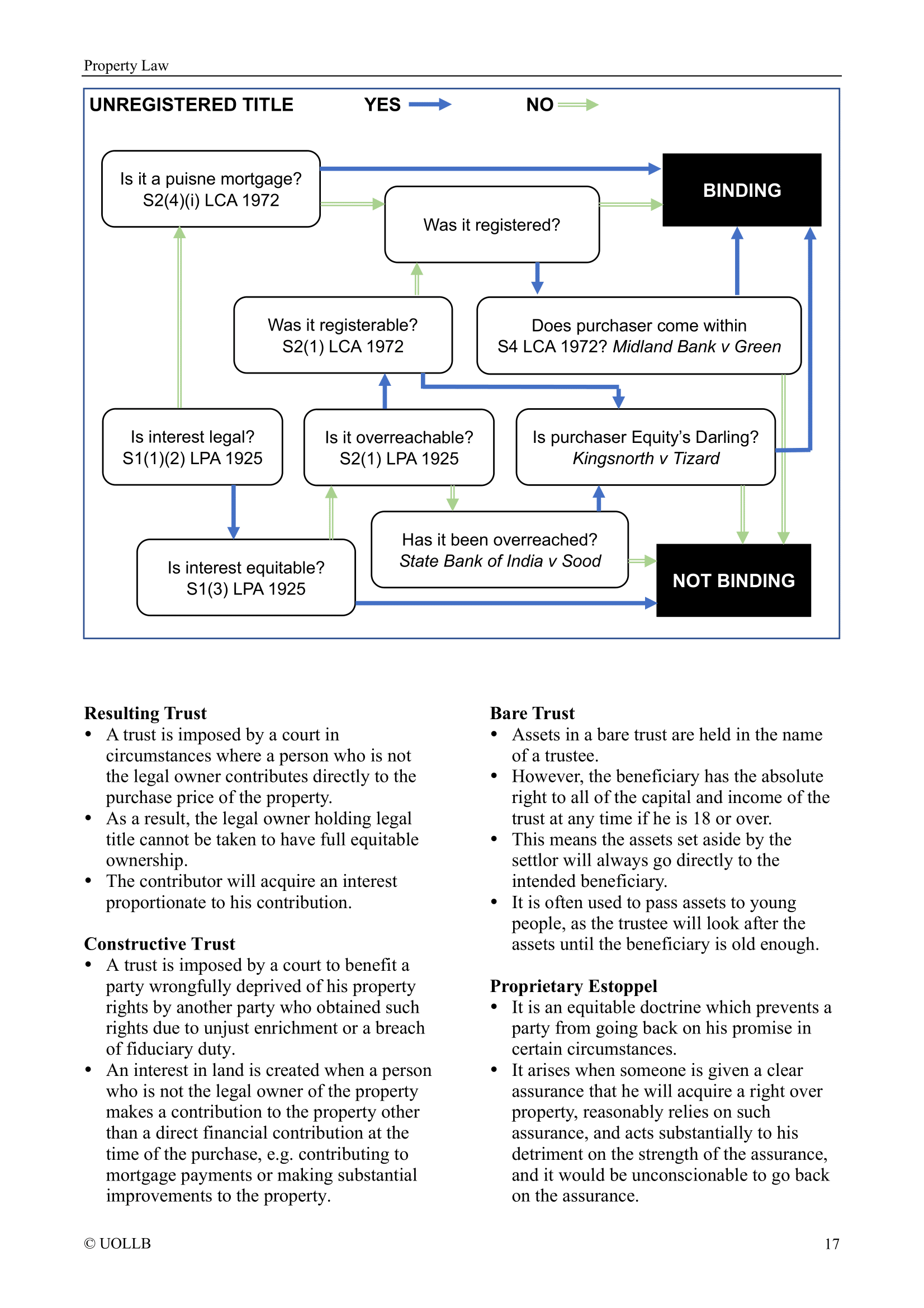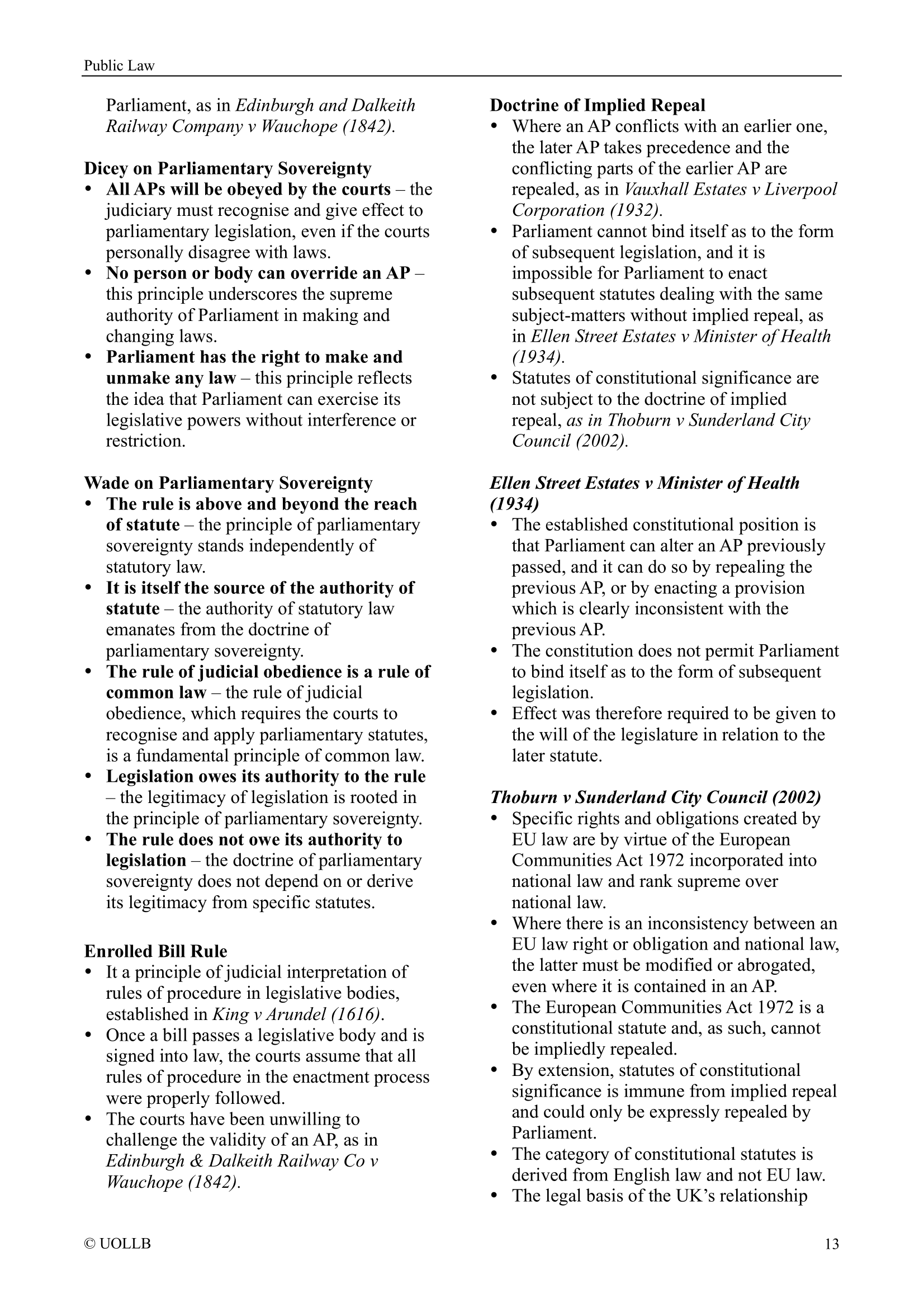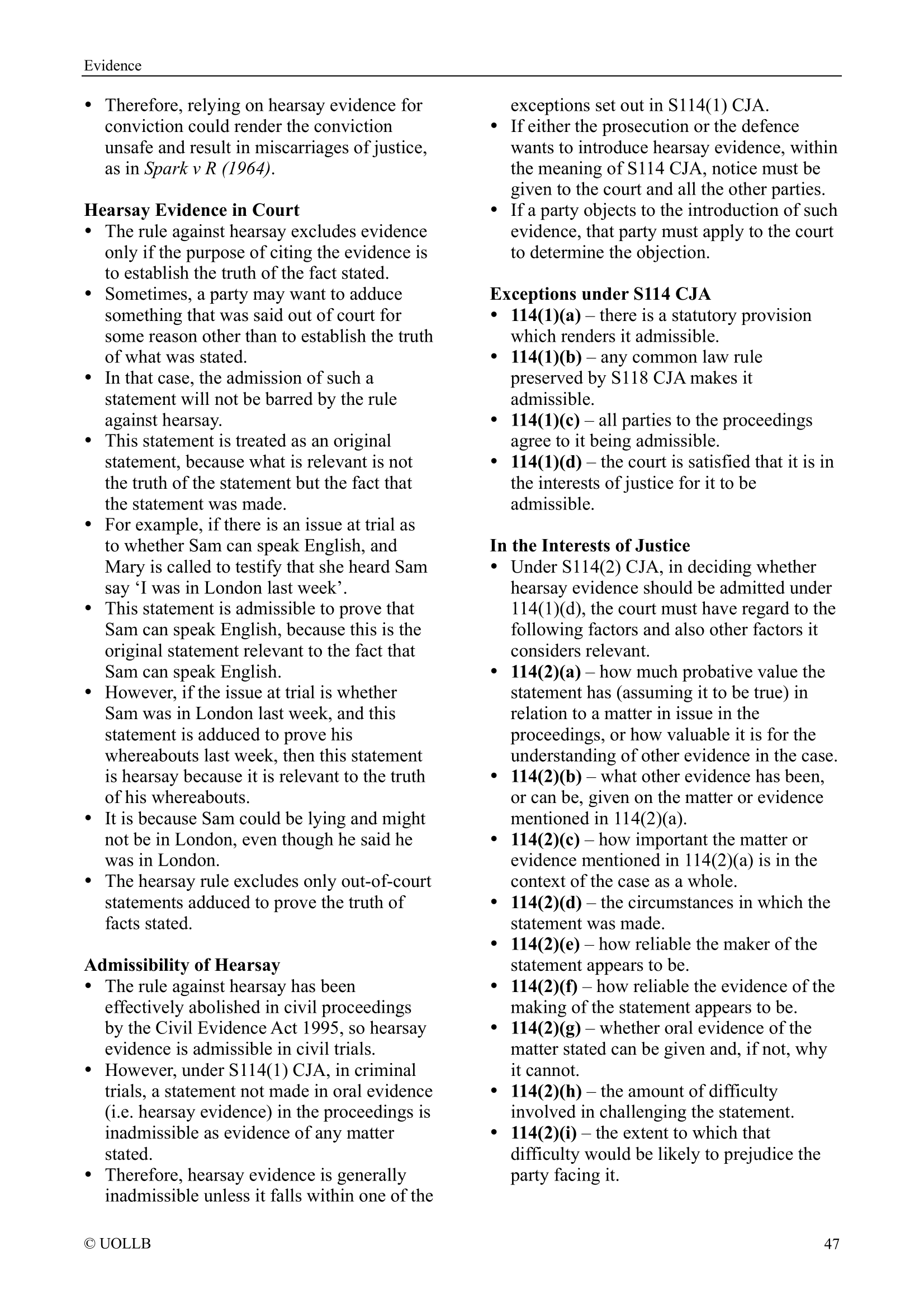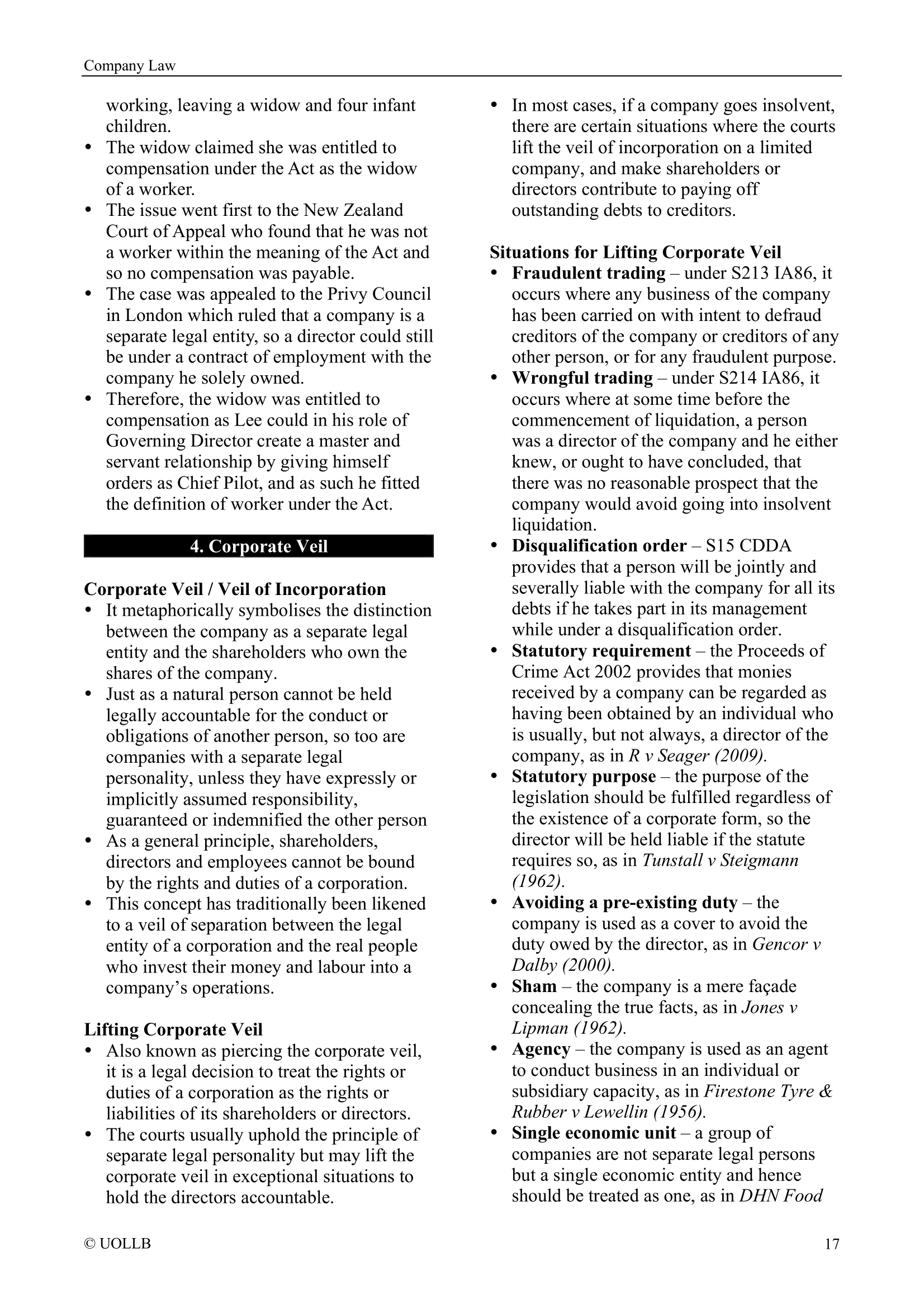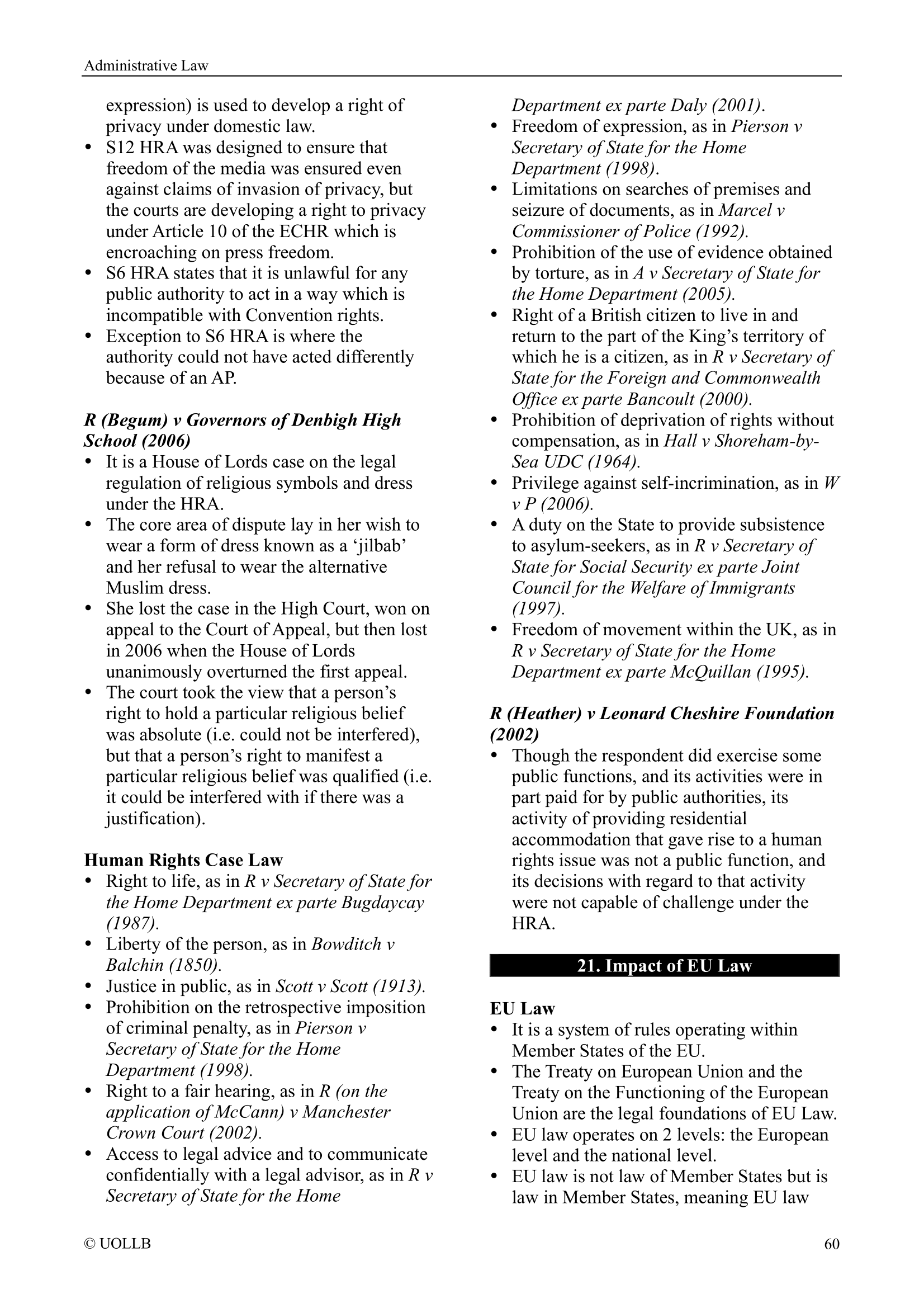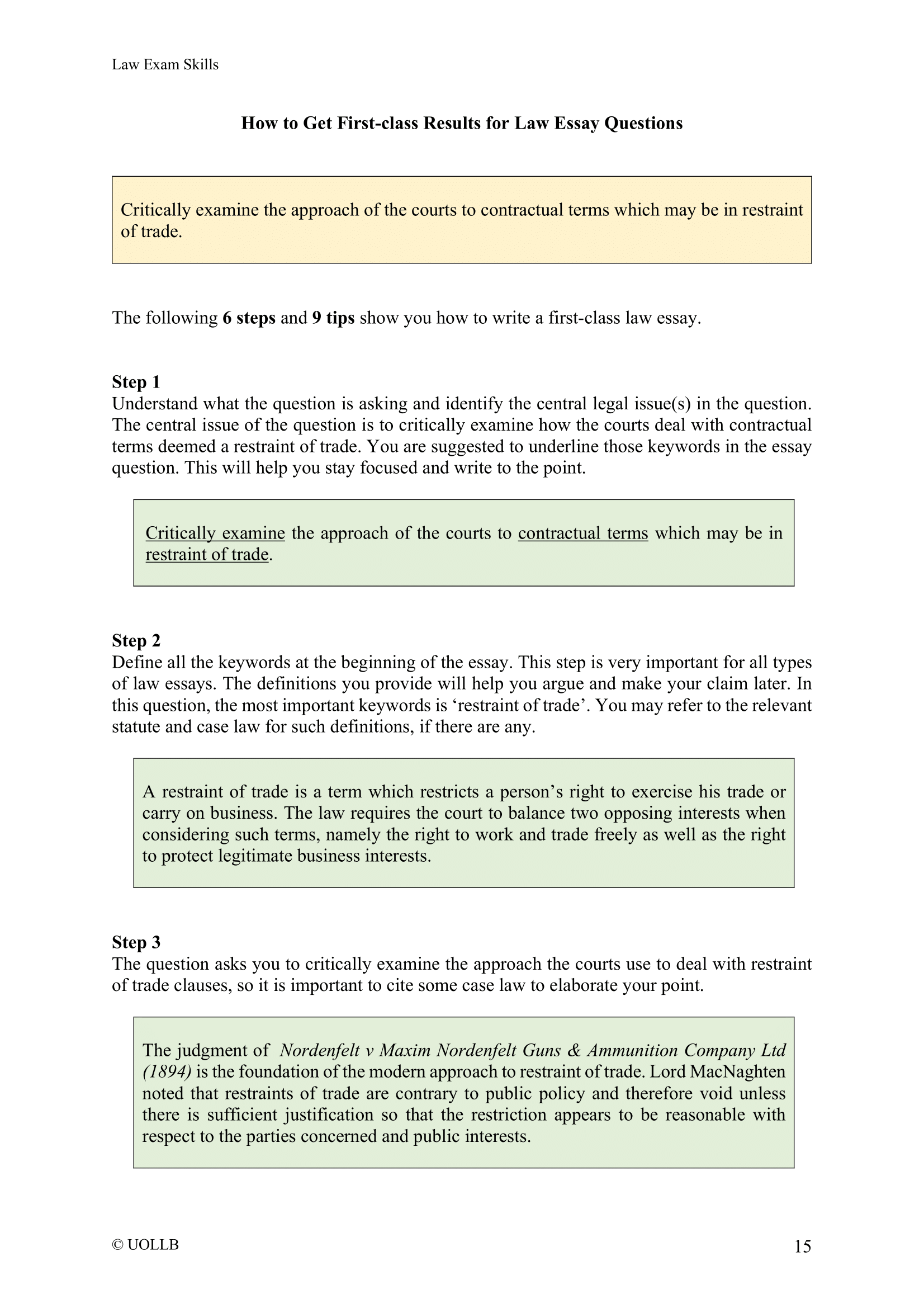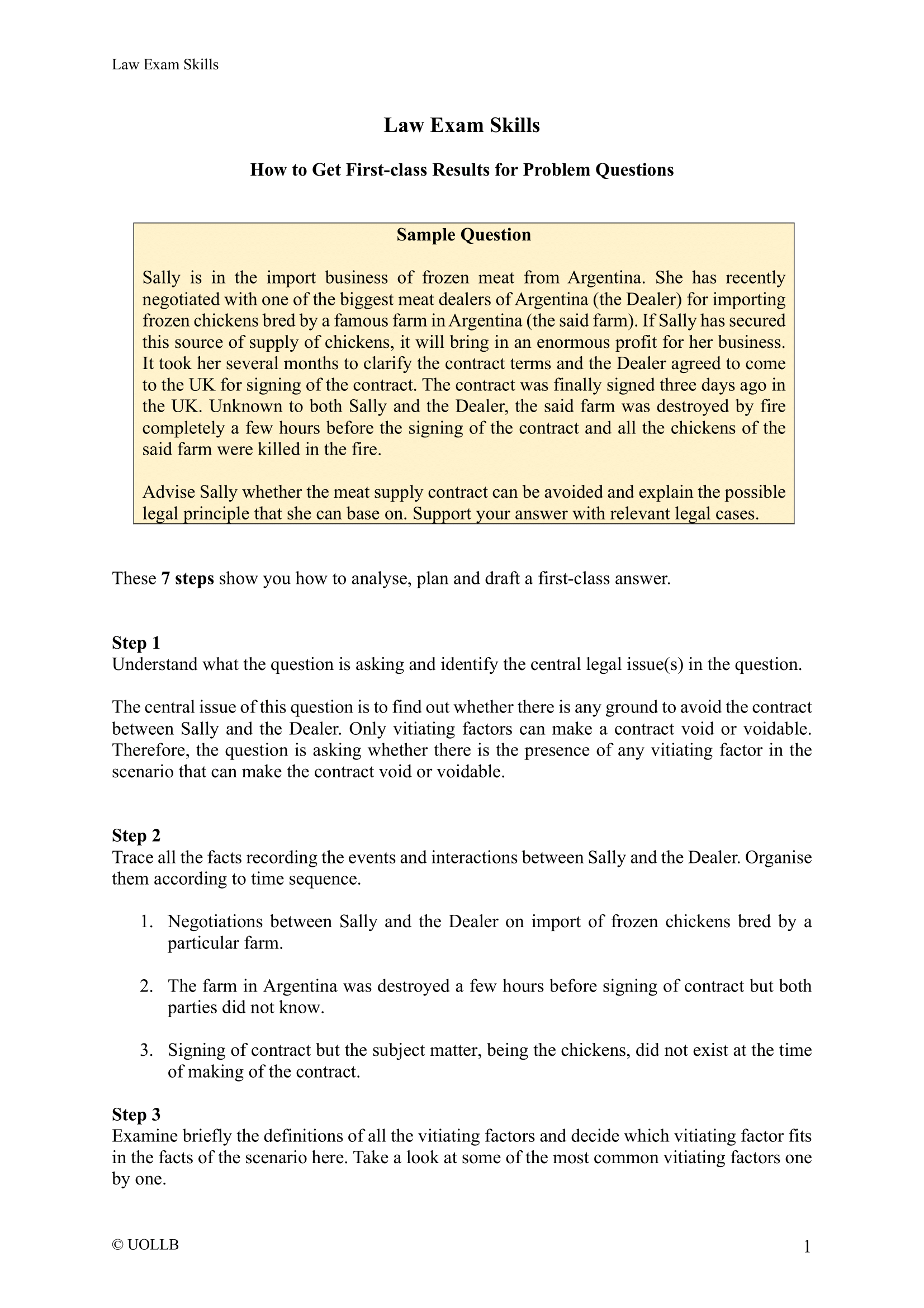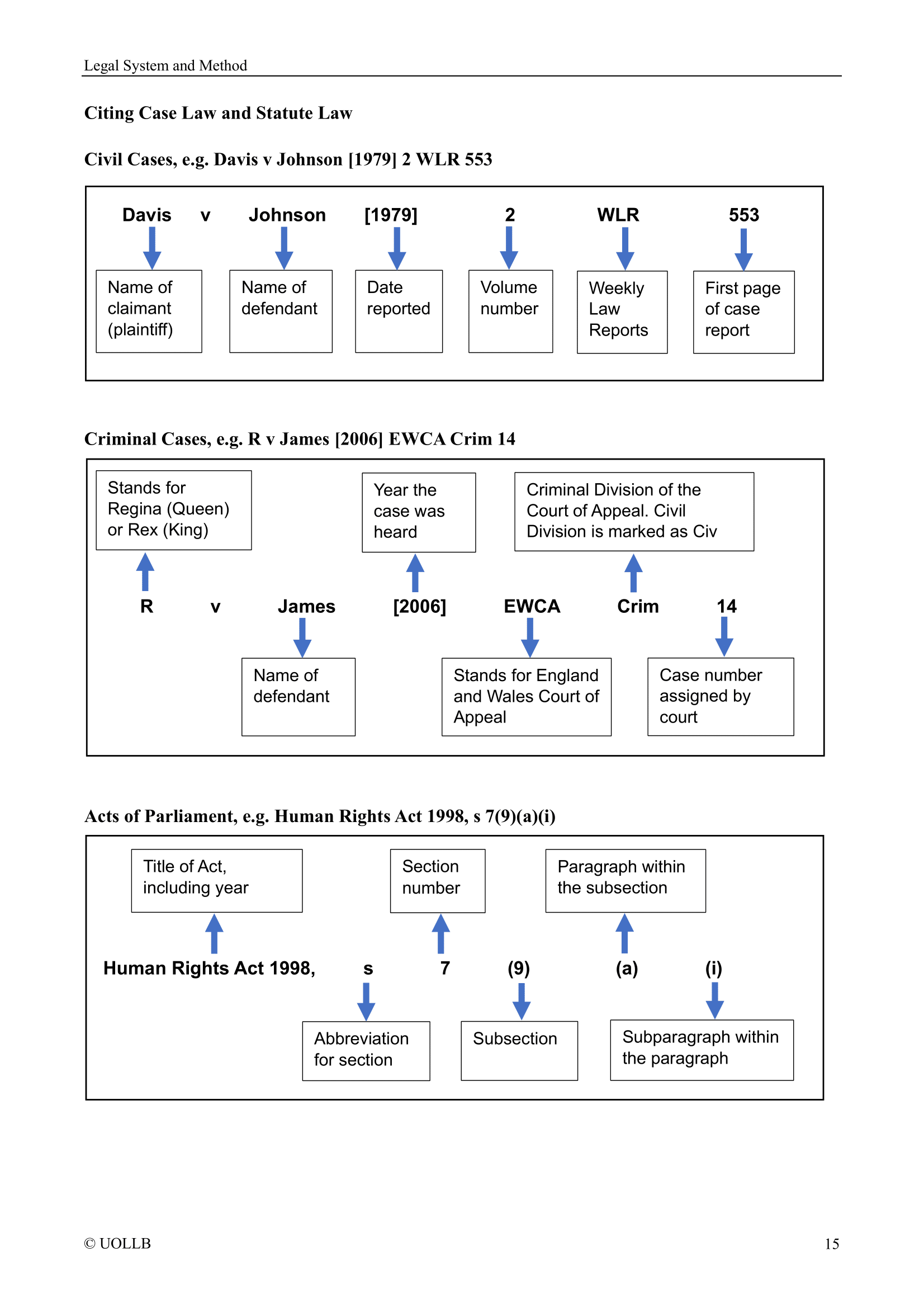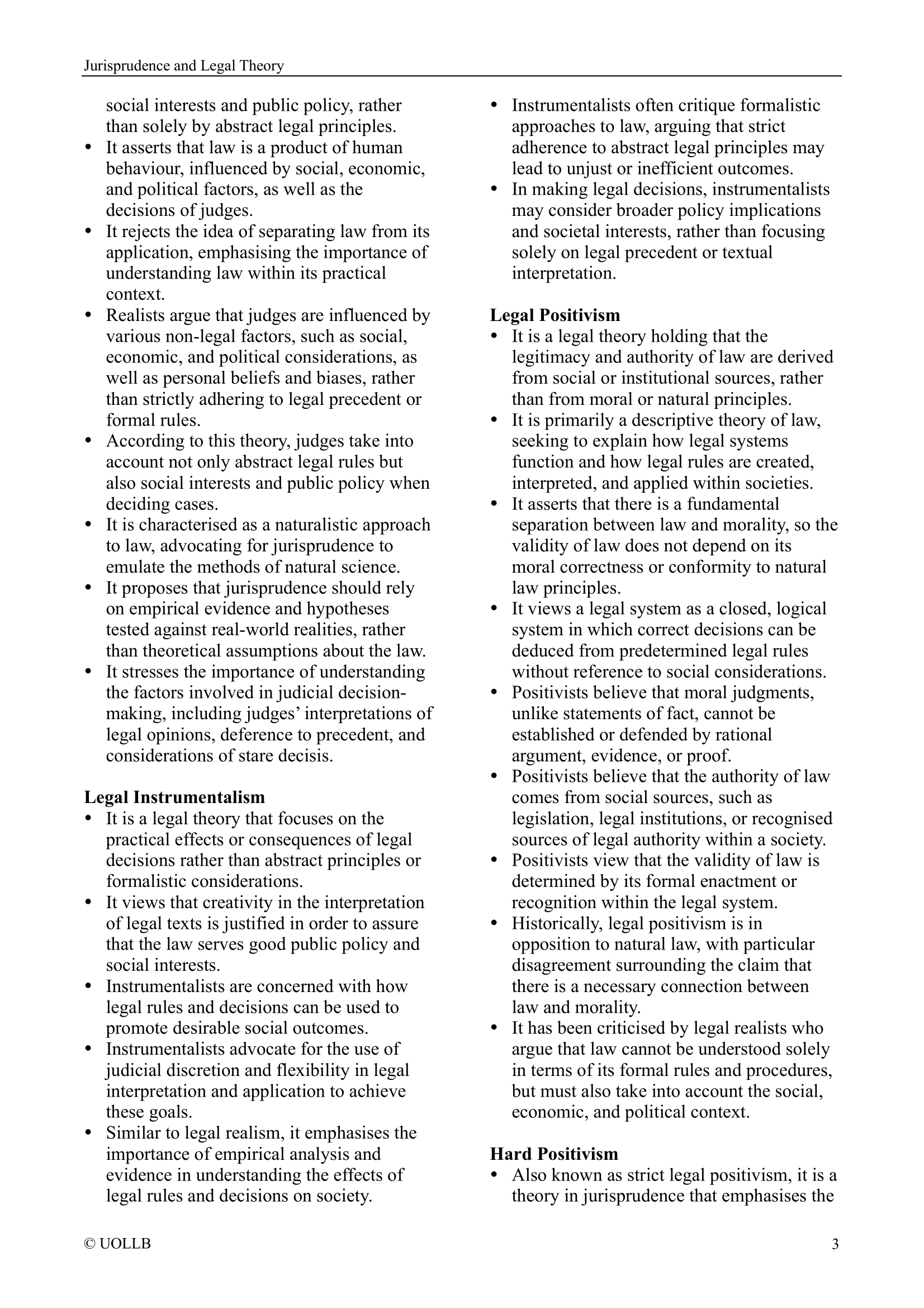Contra Proferentem Rule
Share
The Contra Proferentem rule, also known as the rule of interpretation against the drafter, is a legal principle used in contract law to resolve ambiguities or uncertainties in the interpretation of contract terms, particularly exclusion or limitation clauses.
Under the Contra Proferentem rule, when there is doubt or ambiguity in the wording of a contract term, the term is construed against the party who drafted or presented the contract. The rationale behind this rule is that the party who prepared the contract is usually in a better position to clarify ambiguous language or to protect against potential risks or liabilities.
In the context of exclusion clauses, if there is ambiguity in the wording of the clause, the courts will interpret it against the party seeking to rely on the clause to limit or exclude liability. The rule operates on the principle that the drafter of the contract should be held responsible for any unclear or disadvantageous terms.
For example, suppose a contract contains an exclusion clause that attempts to exclude liability for "negligence". If there is ambiguity regarding the scope of "negligence" and whether it covers gross negligence or intentional misconduct, the Contra Proferentem rule would suggest that the clause should be interpreted in favour of the party seeking to hold the other party liable, as the drafter of the contract would be responsible for the unclear language.
It is important to note that the Contra Proferentem rule is not an absolute rule and may be subject to certain exceptions or limitations. Some jurisdictions have statutory provisions that limit the application of the rule in specific circumstances or for certain types of contracts. Additionally, the rule may not apply if the contract was negotiated between parties of equal bargaining power or if the clause was specifically negotiated and agreed upon by both parties.
The Contra Proferentem rule is used as a means to resolve ambiguities in contractual terms and ensure fairness in interpreting and enforcing contracts, particularly with regard to exclusion or limitation clauses.
Under the Contra Proferentem rule, when there is doubt or ambiguity in the wording of a contract term, the term is construed against the party who drafted or presented the contract. The rationale behind this rule is that the party who prepared the contract is usually in a better position to clarify ambiguous language or to protect against potential risks or liabilities.
In the context of exclusion clauses, if there is ambiguity in the wording of the clause, the courts will interpret it against the party seeking to rely on the clause to limit or exclude liability. The rule operates on the principle that the drafter of the contract should be held responsible for any unclear or disadvantageous terms.
For example, suppose a contract contains an exclusion clause that attempts to exclude liability for "negligence". If there is ambiguity regarding the scope of "negligence" and whether it covers gross negligence or intentional misconduct, the Contra Proferentem rule would suggest that the clause should be interpreted in favour of the party seeking to hold the other party liable, as the drafter of the contract would be responsible for the unclear language.
It is important to note that the Contra Proferentem rule is not an absolute rule and may be subject to certain exceptions or limitations. Some jurisdictions have statutory provisions that limit the application of the rule in specific circumstances or for certain types of contracts. Additionally, the rule may not apply if the contract was negotiated between parties of equal bargaining power or if the clause was specifically negotiated and agreed upon by both parties.
The Contra Proferentem rule is used as a means to resolve ambiguities in contractual terms and ensure fairness in interpreting and enforcing contracts, particularly with regard to exclusion or limitation clauses.



